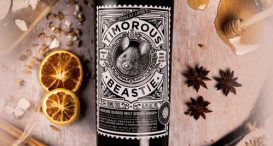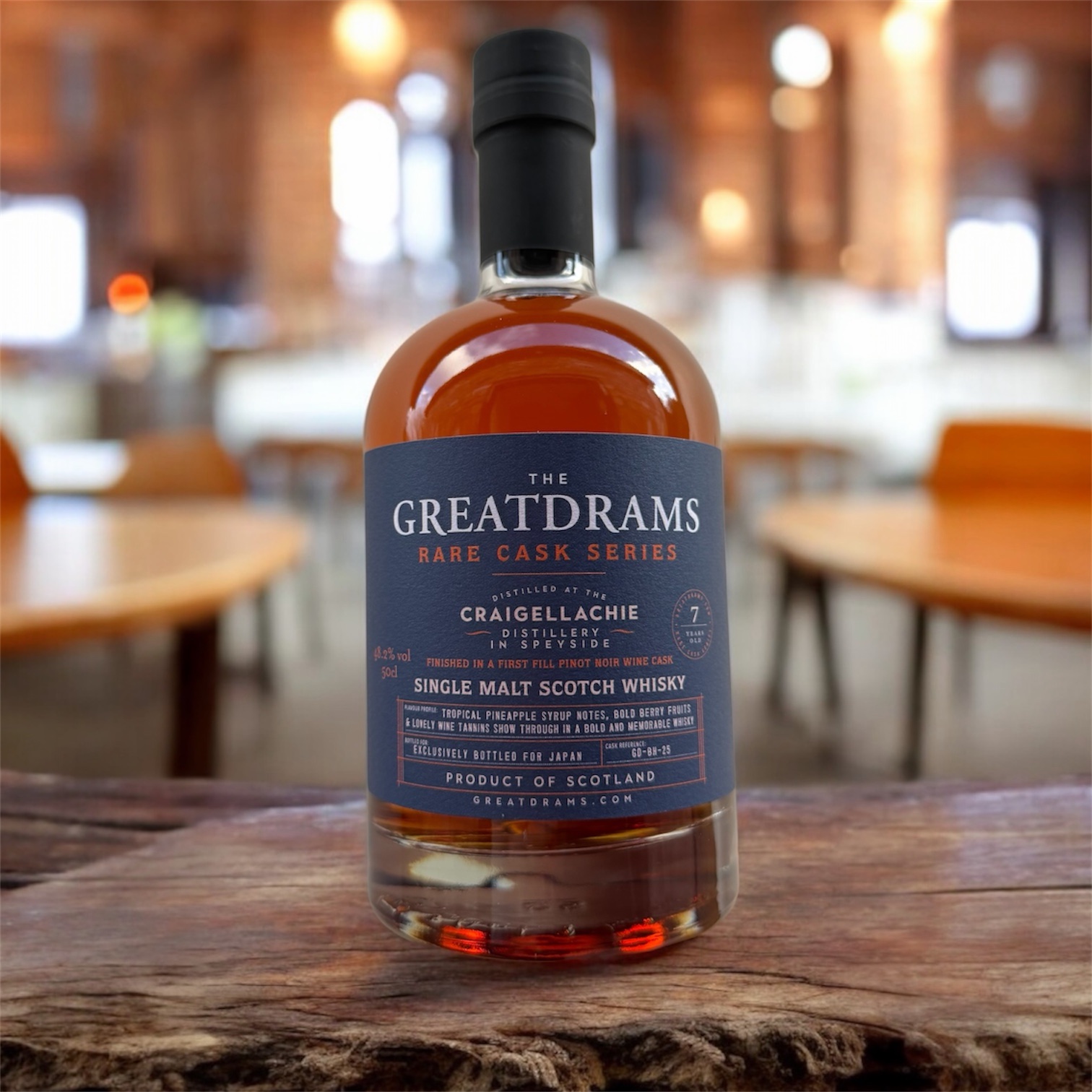Focus on the whisky process: Fermentation
let’s begin
From the mash tun, the wort is moved into the washback, where fermentation takes place.
This is the stage in the Whisky making process that alcohol is produced, through the addition of yeast to the wort.
The yeast that is added converts the sugars from the wort into alcohol and works perfectly at 34°C, above this the yeast is killed off.
For this reason, the wort is cooled to 34°C before it is mixed with the yeast and enters the washback.
Once the yeast and wort mix, a type of sour beer is created, with the yeast beginning fermentation immediately.
This is why a lot of people claim that Whisky is essentially a distilled form of beer. At this stage essentially it is, but once you bring in maturationit becomes more complicated than that, but more on that later.
From the washbacks, a liquid called wash is created. This is a beer like substance with an ABV of 7-8%. The process of fermentation lasts for around 48-60 hours.
It was common in decades past that distillery workers would filtered the yeast out of the beer and created something called “Joe”.
Washbacks can be made from either wood or, as with more modern times, stainless steel. Steel is easier to wash and maintain and has overtaken wood as the main material for washbacks.
Wood can be difficult to look after, but advocates claim that the microbes and basteria that thrive in the knots of the wood cause the wash to be sweeter than with stainless steel.
Steel however is more efficient and allows more consistency when producing wash.
There are many different factors that effect the flavour of the alcohol as it develops in the wash, including amount of yeast, length of time, temperature and gravity.
Gravity is the amount of malt added with a low gravity having more water and less grain and a high gravity having less water and more grain.
A high gravity means there is less liquid to ferment and sometimes there can be too much wort for the yeast to act on. On the upside, a higher gravity can be energy efficient as less heat is needed to heat the water.
The time that the yeast is allowed to react with the wort effects the flavour. If the fermentation period of 50 hours or less, this is considered short and results in more cereal flavours being produced.
Fermentations over 60 hours will result in a more complex spirit as the yeast is allowed a resting period, during which new flavours are produced.
Abovev 60 hours, and little to no alcohol is produced, but the yeast still creates different flavours during this time.
Higher fermentation times also produce wash that is less likely to foam and therefore is easier to distil, but again, more on this to come.
Foam poses a bit of a problem during the fermentation period as it can cuase the washback to overflow. Most washbacks have blades at the top that rotate to prevent too much foam accumulating.
If this does happen, most distilleries are equipped with anti-foamer nearby their washbacks, but this is mostly only used in emergencies.
The most common strain of yeast that was used in Scotch fermentation up until 2003 was DCL M-strain. This was created by Diageo between the 1930s and 50s and was popular because of its ability to break down sugars and make alcohol and because it produced many of the flavours associated with Whisky.
Today there are several new strains of yeast that are used, including Mx Mauri, Kerry and Anchor/Bfp.
Yeast comes in three different forms, either as a liquid cream, pressed semi-dry or dried.
Liwuid yeast is hard to maintain and only lives for a few weeks, but is most commonly used. Distillers will often keep dried yeast in stock just in case, as it lasts for several years.
Yeast is able to move around the wort due to the production of carbon dioxide, which pushes the yeast around.
The type of yeast used by distillers is top flocculating and rises to the top of the wort when it is spent. This is similar to the ale yeast that is commonly used by brewers.













2 thoughts on “Focus on the whisky process: Fermentation”